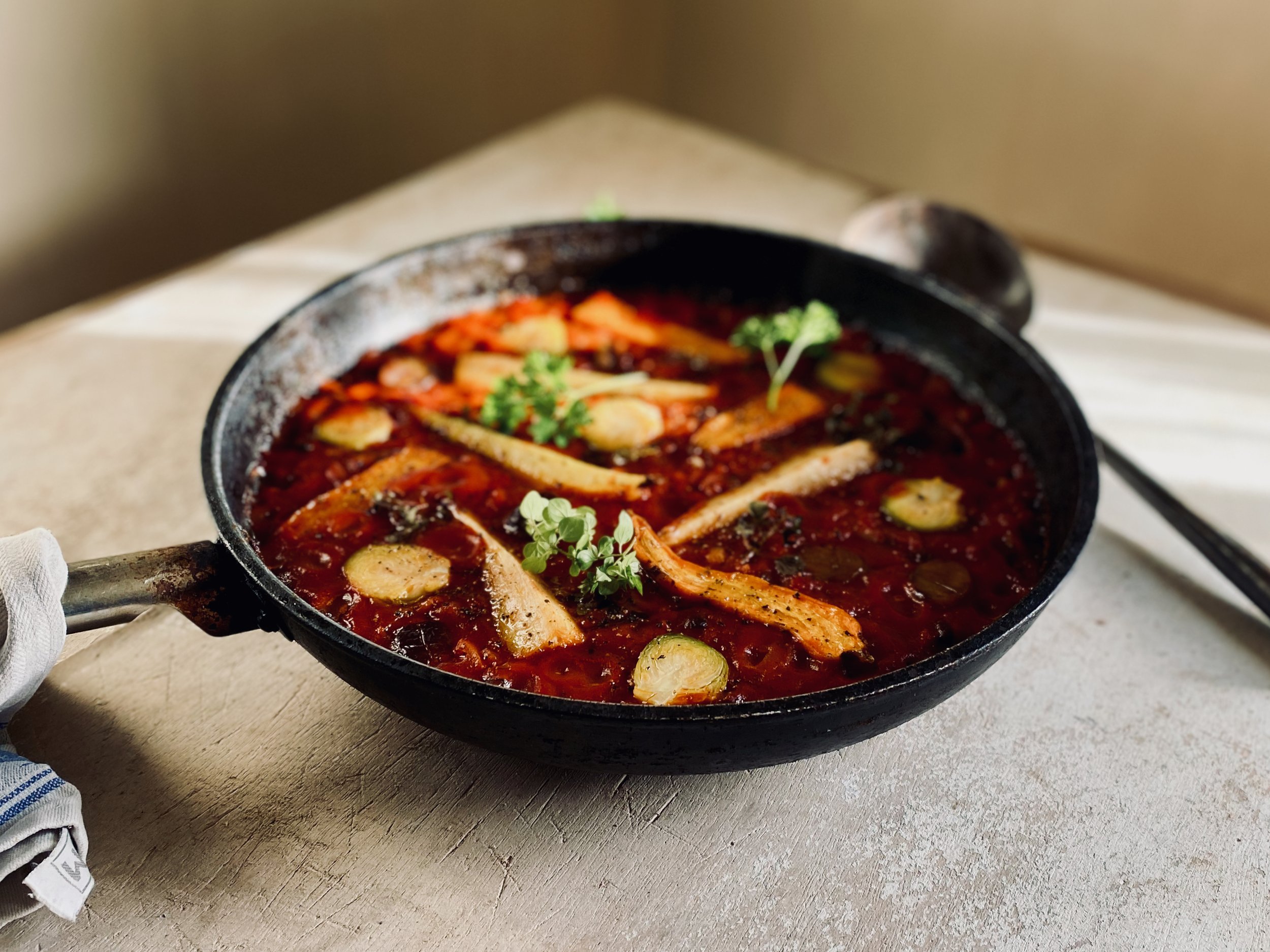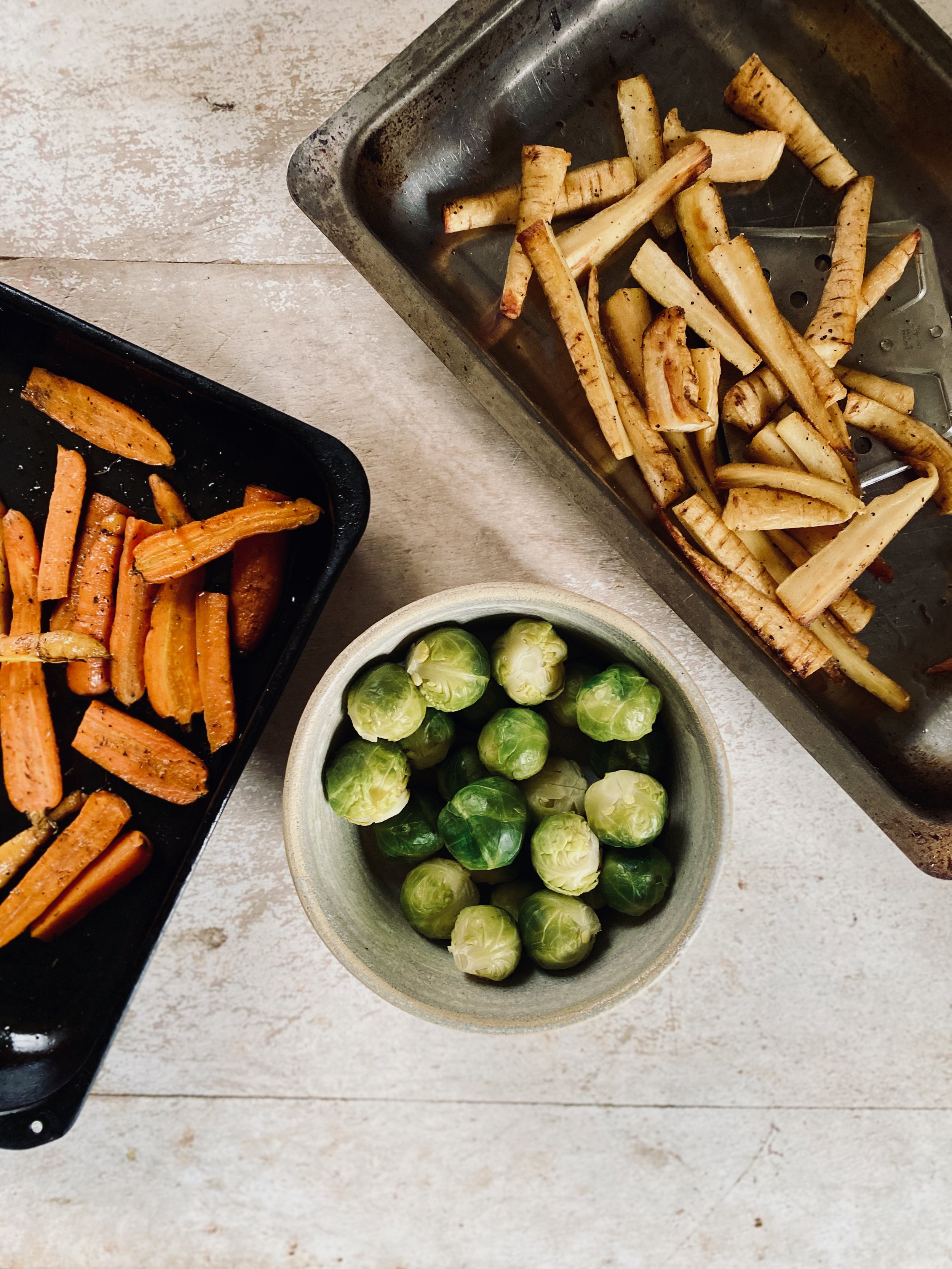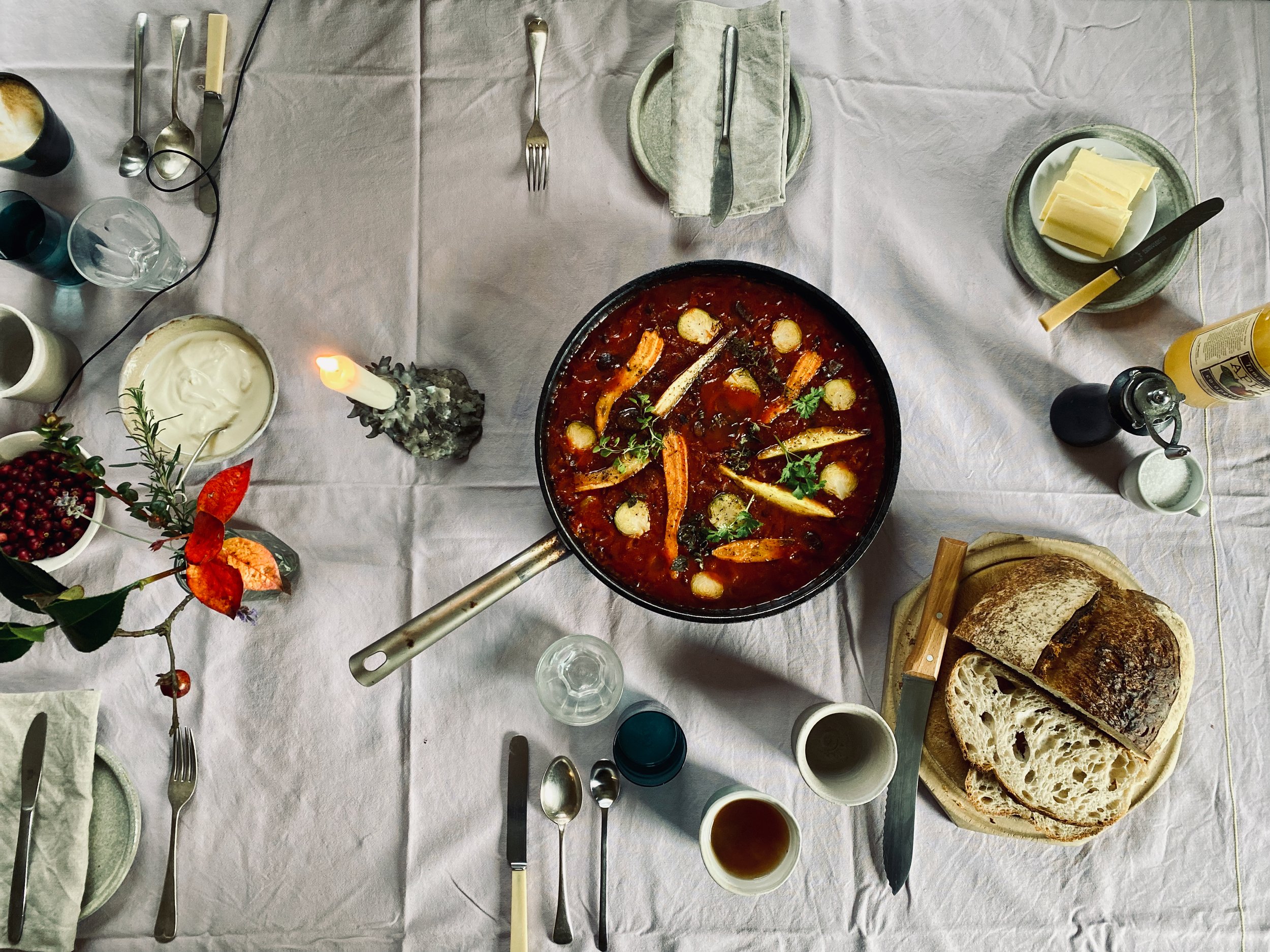This article is published in Drift Magazine Volume No 9
Words by Tia Tamblyn I Images by John Hersey
New year; fresh beginnings. I’ve never before witnessed such an eagerly anticipated chapter change as last year invoked, and we welcome 2021 with collective hope for a time of less turbulence, more security and connection with loved ones. If there’s one thing 2020 has taught us it’s that life can be truly unpredictable, and however much we plan for the future those plans can be uprooted, shaken about and discarded in a mere moment. Where does that leave us as we enter the new year, at a time of reflecting back alongside considering the shape of the year that lies ahead?
Making sense of 2020 is going to be a long-haul project, as the political, social and economic implications are picked apart. Many of us have experienced major shifts in our personal and work lives - some welcomed, others less so - and embracing these changes has itself called for significant reflection. Although our lived experiences of Covid-19 are unique to us, one unifying shift is the gravitation towards nature as a source of healing - for fresh air, exercise, the opportunity to meet loved ones outdoors; and for the sense of grounding that the natural landscape invokes through its startling beauty and seasonal rhythms, offering a sense of security and reliability during an era of such unexpected change.
How lucky those of us living in (or able to visit) Cornwall have been, with a playground of opportunities for natural therapy - in the sea, on craggy moorlands, or simply drinking in expansive, green-hued vistas. We have been drawn to nature and have realised the potency it holds for healing both body and mind. Social media has been awash with joyous celebrations of sea swimmers, vegetable growers and hikers in remote terrain. As we find ourselves mid-winter, a point in the season when we tend to close-in and hunker down, what can nature offer us to boost our wellbeing through to Spring?
I’m a natural-food fanatic, but I’m aware that there is a vast amount of nourishment held within nature that has passed me by; an intricate knowledge of plants and their ability to support and heal us that has been handed down through generations, yet many of us have lost touch with today. Winter feels like an opportune time to learn more about the plants on our doorstep and how we can harness them to enhance wellbeing at a time when our immunity is often low, we become more susceptible to colds, many of us struggle with mental health, and the shorter days mean less opportunities for getting active outdoors.
To learn more about the nourishment held within nature and try my hand at making a plant-based winter remedy, I head out for a foraging walk with Harriet Coleman, herbalist and founder of West Apothecary based near Gwithian. Harriet trained in Herbal Medicine in 2017 following a twelve-year modelling career during which she travelled the world but became disillusioned by the industry when she realised the impact the pressure to conform to a certain look was having on her wellbeing. Harriet shares, “My health became challenged - the need to look a certain way led to yo-yo dieting which hammered my gut health and immune system. It wasn’t a sustainable way to live, and when I realised that work was also chipping away at my mental health, I knew it was time to stop”. Harriet’s upbringing had been immersed in nature, her mother’s medicine cabinet was full of herbal tinctures, and it was to this way of living that Harriet returned when she took the decision to step away from modelling.
From a fast-paced career based in London, Harriet moved to Cornwall and spent the first few months diffusing from the intensity of her experience. Inspired by the landscape and the more laid-back lifestyle, Harriet found nature a great healer and wanted to further her knowledge of herbalism, the ancient form of medicine, in order to continue her own journey of wellbeing and be able to offer this to others.
For Harriet, embracing difficult life experiences and learning from them is part of the process of becoming a herbalist, and she looks back now with gratitude for the chapters of her life that led to her work today. Harriet describes herbal medicine as “being in service to others through plants; understanding the language of nature and helping to translate this for others to empower their own healing”.
What does this mean in practice? Harriet offers one-to-one consultations with clients, creates herbal-infused skincare products, and runs workshops in which she teaches about utilising the power of local plants within remedies and elixirs, to support wellbeing. I ask Harriet how Covid-19 has affected her work, and whether attitudes towards herbalism have changed during her years of practice. “People want to be more self-sufficient and connected to nature. In the West we have a habit of looking outside of what we have to find solutions to the issues we are facing. We are waking up to the local and indigenous offerings that the land around us can provide.”
Harriet believes that it’s important to view ourselves as part of nature rather than separate from it, and this understanding invokes a compassionate approach to the environment, as well as enabling us to respectfully harness nature’s offerings to support our wellbeing. She explains that her work as a herbalist isn’t just about finding solutions to ailments, it starts with taking a preventative approach, looking at lifestyle changes we can make to improve our health, then supporting these with medicinal remedies where appropriate. Fundamentally it’s about “tuning in to nature’s calendar and the rhythm of the season” Harriet reflects.
Being at the point of midwinter, I ask Harriet her recommendations for staying healthy during the darker, colder months. “Winter is a time to go within, a time for stillness and hibernation” she says. Bringing this into contemporary living might mean freeing up time for rest and space within our winter-time lives. “Taking 10 minutes each day for quietness, to consciously slow down. Making sure we get plenty of sleep and eating seasonal food” are foundational to winter wellbeing.
Seeing ourselves as within nature makes sense when considering how we eat through the cycle of the year, as Harriet explains, “winter foods grown locally offer us the nutrients we need at this time of year. During the autumnal season of abundance, we are designed to stock up to see us through the sparser months. Root vegetables, available throughout winter, are grounding, heavy foods that invite you to rest, contrasting with summer foods that hold a lighter, crisper energy.”
This understanding, viewing ourselves as part of nature, designed to eat as our locality offers through the seasons, feels compelling. I realise that although I’ve been drawn to seasonal eating, the motivation has been environmental and economic concerns such as reducing food miles and supporting local growers. Clearly these are important aspects of our eating choices; but positing ourselves as part of nature gives us additional insight into the benefits that eating local plant-based produce offers, nourishing us with the nutrients that we need to support our health through nature’s cycles.
As well as boosting our health, synchronising with the seasons can enable us to become “sustainably productive” Harriet explains, more attuned to our wellbeing and mindful of drawing too heavily on our energy reserves. Again, considering the sustainability of our own wellbeing, as well as our impact on the planet and other people, feels like an important - yet easy to overlook - facet living sustainably.
I ask what our local landscape offers us during winter. “Cornwall is abundant year-round” Harriet says. “In winter, herbs such as rosemary, thyme and sage provide nutrition and strength for our bodies.” Harriet uses plants from her medicinal garden along with foraging walks to create the products that she creates. “Scots pine needles have antiviral properties and are rich in vitamins C and E” and feature regularly within Harriet’s winter remedies. “Nature offers us what we need. Eat plenty of locally grown vegetables during winter, grow herbs, look at the indigenous species growing in the hedgerows. The activity of walking, foraging, learning and collecting in itself connects us to nature, and to those we share the experience with.”
As we head back to the farmhouse here at Botelet to warm up and use our foraged finds to create Harriet’s Winter Evergreen Respiratory Rub (see recipe below), my mind turns to the year ahead and what I have learnt that can feed through. I’m cautious about setting specific new year goals given the uncertainty of the era; yet perhaps the intention to embrace a mindset that places me squarely within nature is a great starting point. Undefined, woolly and difficult to measure? Absolutely. But also full of opportunities to learn and explore in the beautiful Cornish landscape.
If 2020 was the year when we turned to nature, can 2021 be the year when we deepen our connection, and begin to re-learn the language that our ancestors knew so well? If we see ourselves are part of the natural world, our lifestyle choices must surely become more sustainable, more compassionate towards our environment and our fellow species. Which leaves me full of hope for the year ahead.













